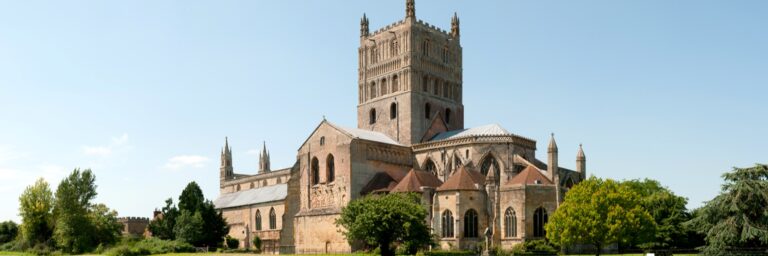| CC4HH
100 Years of GCHQ
This post comes from Charlotte Andrews, Ethan Cross, Liz Cutter, Richard Grace, Marcie Jones, Dan Moore.
Most people have an idea of what occurs at GCHQ – intercepting messages to do with international terrorism, helping to protect people from cyber-attacks. Others question why GCHQ should have so much power and what that means for ordinary people’s privacy.
We are looking at 100 years of GCHQ and particularly how it has become part of Cheltenham. As a large group we have been able to divide up our key focuses and have been able to look at more exciting things than we expected. The three key areas we are focusing on are:
1. the Trade Union strikes that affected GCHQ in the 1980s;
2. the lives of double agents;
3. scandals surrounding the organisation and surveillance in the 21st Century and a possible future of surveillance vs privacy.

Charlotte, Liz and Marcie were able to take a trip to London to view the exhibit ‘Top Secret: from Ciphers to Cyber’ at the Science Museum. This was particularly exciting because it covered exactly what the research project wanted – 100 years of GCHQ. It was really helpful in giving us a clear understanding and helpful timeline of events concerning GCHQ in Cheltenham.
1. The Trade Union strikes that affected GCHQ in the 1980s: these took place in Cheltenham and some people might remember them. Gloucester archives have been a useful resource to find records of these events. Research suggests that people felt very strongly about Trade Unions being banned from GCHQ, as shown through the annual marches that took place through the town.
2. The lives of double agents and scandals surrounding the organisation: our case study for this is Geoffrey Prime and his life in Cheltenham. Prime was a double agent who gave information to the Soviet Union. It also allows us to explore the importance of Cheltenham during the Cold War.
3. Surveillance in the 21st Century and a possible future of surveillance vs privacy: we gained lots of valuable information about the future of GCHQ from London and the on-going debate on how much involvement GCHQ should have in individuals’ computer security. We also aim to speak to and include what local people think of GCHQ being Cheltenham based.

We aim to put together a display that will reveal the importance of Cheltenham to GCHQ, exploring the impact and legacy on Cheltenham, and to allow local people to see more of an organisation that is part of their local community but, yet, so little is known about it. One main issue to come up so far is that GCHQ are very talented at saying a lot about nothing. Many news articles say the same thing. However, we are finding that we are now able to look past the surface of what is available to draw some conclusions about the impact of GCHQ in Cheltenham.



